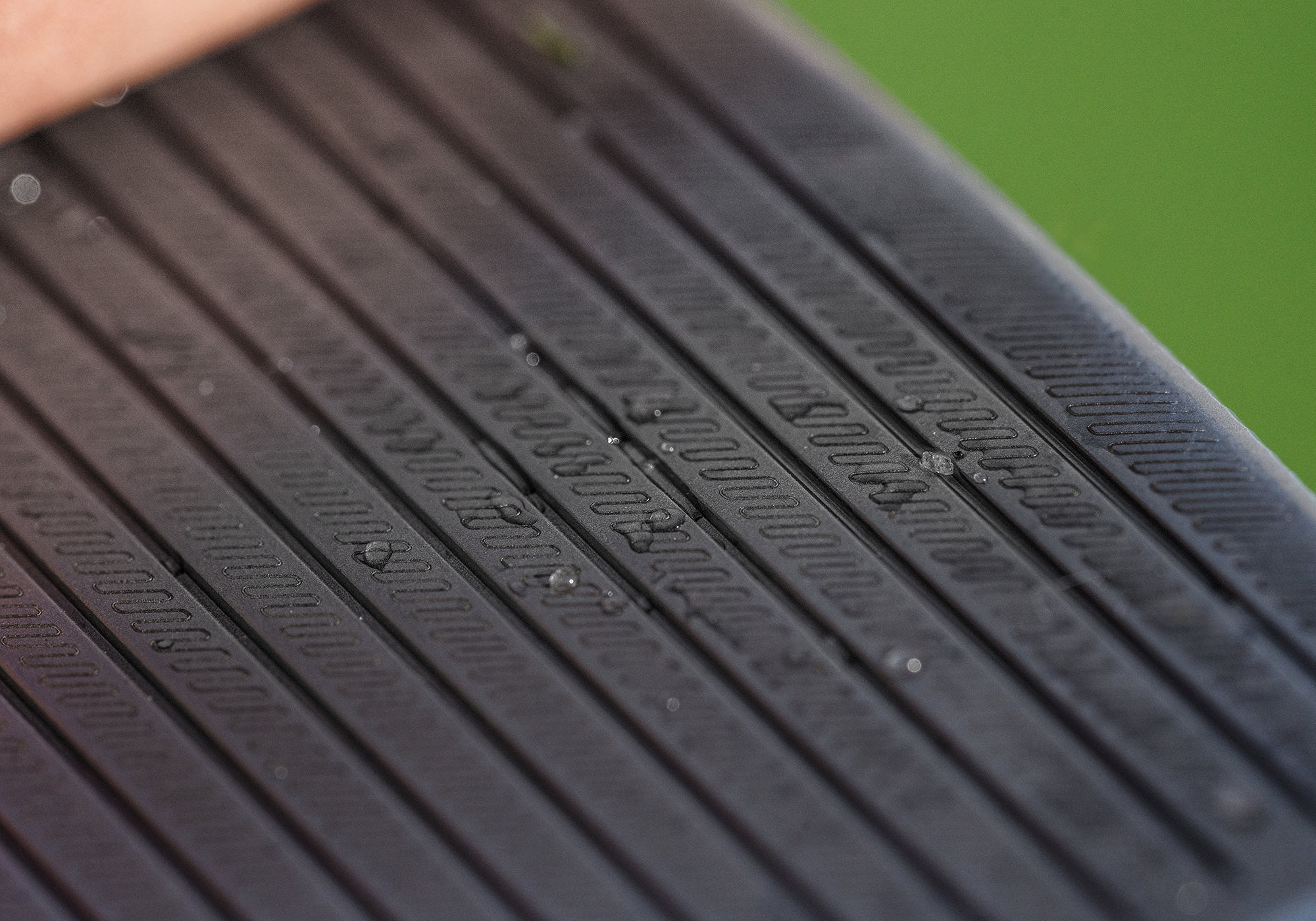We all know the goal: two putts or fewer per hole. But how many total putts should you be taking each round? How much does that number change depending on your handicap?
We asked Shot Scope for real-world putting data across a range of handicaps, and what we found might surprise you. The difference between a 25-handicap and a scratch golfer isn’t always what you think. Eliminating just one or two three-putts per round might be the easiest path to shaving strokes off your game.
Average putts per round by handicap
You’d expect better players to putt better—but the total number of putts per round doesn’t change all that much. The biggest change you’ll see is the three-putt percentage. A scratch golfer three-putts just three percent of the time, whereas a 25-handicap golfer three-putts 13 percent of the time.
Keep in mind that three-putts are usually a proximity problem first. Approach accuracy, greens in regulation and short-game distance control all play a big role.
| Handicap | Avg Putts/Round | 3-Putts/Round |
|---|---|---|
| 0 | 29.9 | 0.8 |
| 5 | 30.3 | 1.5 |
| 10 | 31.2 | 2.4 |
| 15 | 32.1 | 3.8 |
| 20 | 33.4 | 4.6 |
| 25 | 34.3 | 5.8 |
Make percentages by distance
We’ve already seen how higher-handicap golfers rack up more three-putts, often because they’re putting from longer distances. But missed short putts are just as costly and they happen more often than most players realize.

























